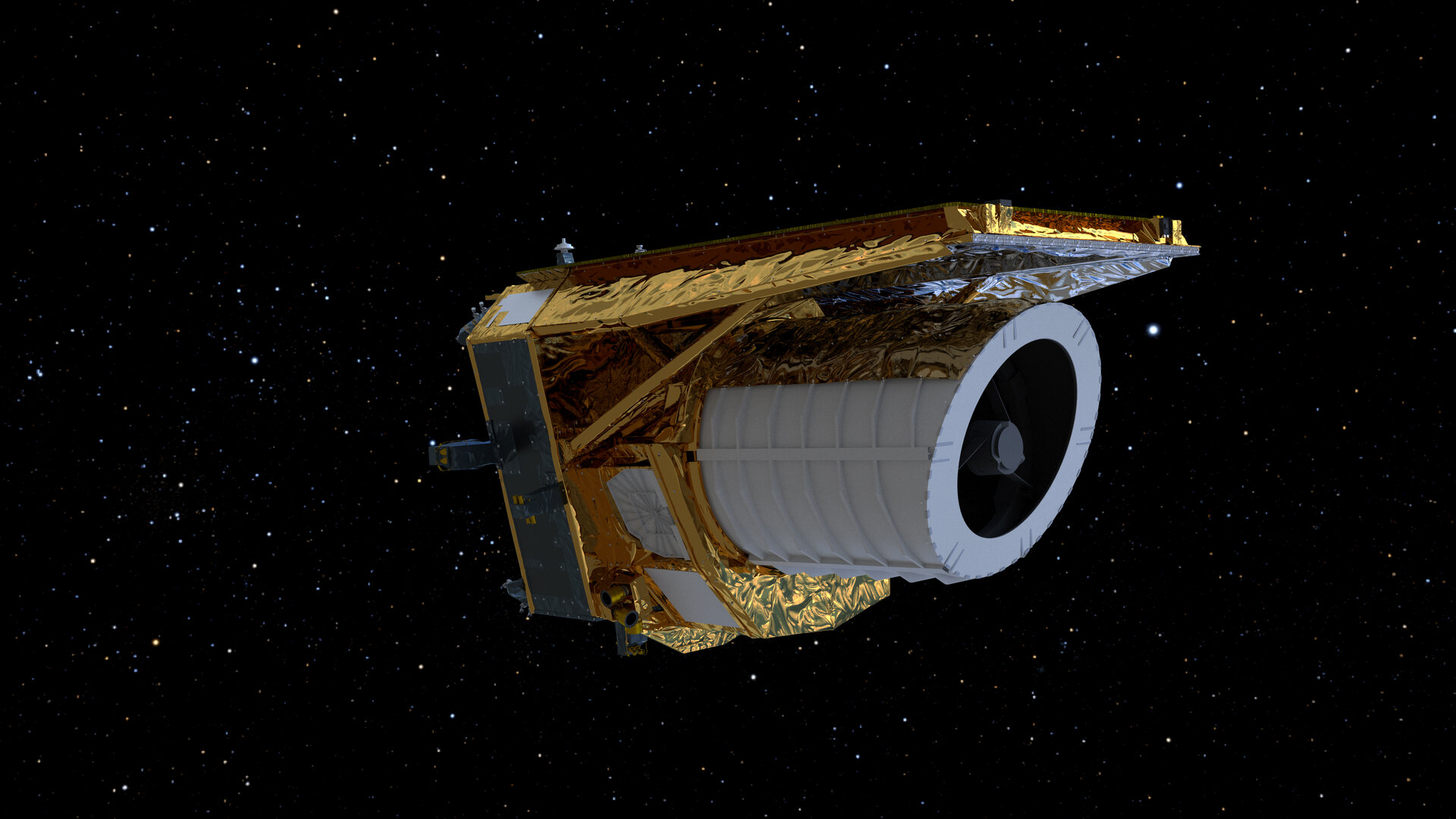Last Updated on: 22nd November 2023, 05:10 pm
The process of toppling well-established scientific doctrines mandates a trifecta of strategic moves: duplicating the accomplishments of the current endorsed theory, elucidating its deficiencies, and promulgating fresh prognostications that diverge and are amenable to empirical examination.
Mr. Subhajit Waugh, a physicist and eminent scientist operating within the corridors of the Raja Ramanna Centre for Advanced Technology (RRCAT), has confidently propounded that all three pivotal steps necessary to unseat prevailing paradigms in the realms of physics and cosmology have been effectively accomplished.
Worth noting is the ongoing confrontation between the two paramount theories in the realm of physics, coupled with the susceptibility of the presently accepted ‘Standard Model of Cosmology’ to critical questioning. The prevailing sentiment among many scientists is that nature cannot endure such contradictions without an underpinning unity. Some even predict an imminent scientific upheaval, envisaging a paradigm shift towards a comprehensive ‘theory of everything’ that would amalgamate the realms of physics and cosmology.
In a recent exposition, Mr. Waugh asserts that the ‘expanding (hyper) balloon’ framework of the universe triumphantly fulfils the first two of the three critical steps with remarkable success (as outlined in the EIN Presswire article 648067906). The crux of the matter lies in the third step – fashioning pioneering predictions that diverge from prevailing tenets and are subject to empirical scrutiny. This step is pivotal for the widespread acceptance of any competing theory.
Mr. Waugh has anchored his anticipations on the forthcoming dataset from the Euclid Telescope. The Euclid Telescope’s impending revelations possess the potential to either corroborate or debunk his model/theory. Should his postulates be substantiated, they would transcend both the formidable domains of General Relativity and Quantum Mechanics, the twin pillars of contemporary physics, while simultaneously supplanting the Standard Model of Cosmology (SMC). A striking revelation awaits: Mr. Waugh prophesies that the Euclid data will usher in the notion of a positively curved universe, implying its closure and finitude. Such a revelation could revolutionise the very fabric of scientific understanding. Fundamental concepts concerning the universe’s shape, dimensions, and mechanisms might necessitate a comprehensive reevaluation.
Mr. Waugh presents a series of testable and falsifiable prognostications:
A) The Euclid Telescope’s revelations will undermine the prevalent belief in a flat universe, instead unveiling a universe that is positively curved. Analogous to a circle traced on a curved surface (akin to a sphere), such a curve would exhibit a shorter circumference in comparison to a circle of equivalent radius traced on a flat surface. In his model, Mr. Waugh employs a spatially partitioned sphere encompassing 10 billion light years (b.l.y.). The distribution of galaxies across distinct bands within this sphere can be meticulously quantified.
These predictions stand in stark contrast to the prevailing flat model stipulated by the SMC (which anticipates a galaxy count proportional to the square of the radius). Mr. Waugh’s model predicts a deviance (reduction) in the number of galaxies from SMC projections as the radius expands. This pivotal prognosis is grounded in the tenet of the universe’s uniform galaxy distribution on sufficiently large scales. The Euclid Telescope’s potential to capture wide-angled conical sections, spanning three perpendicular directions, could decisively settle the long-standing debate about the universe’s dimensions and configuration.
B) Another intriguing prediction stemming from Mr. Subhajit’s model starkly departs from established paradigms – the assertion that Normal Baryonic Matter (NBM), constituting stars and planets, is the driving force behind the universe’s expansion. For over a century, scientists have grappled with the enigma of what counteracts gravity’s force within the cosmos. Given gravity’s intrinsic nature as an attractive force, the universe should theoretically contract over time. Curiously, it has expanded since the inception of the Big Bang. Mr. Waugh’s conjecture attributes this expansion to the innate tendency of mass (NBM) to migrate from the actual center of the Universe. Drawing an analogy to a balloon with galaxy dots, he envisions each dot (NBM) gravitating away from the universe’s true center, thus emulating compressed air within an expanding balloon.
This notion gains further support from the recent proposition that “Black Holes are the source of Dark Energy.” Gravity operates in diametrically opposing ways on local (attraction) and universal (repulsion) scales. A galaxy’s arrangement corresponds to Flamm’s paraboloid, with a supermassive black hole at its epicenter, and the paraboloid’s curvature points outward from the universe’s true center (the epicenter of the Big Bang).
Mr. Waugh boldly asserts that Dark Energy is an optical illusion, and Dark Matter is redundant. He prophesies that the Euclid Telescope will unveil an intricate correlation between Dark Energy and NBM, as well as Dark Matter and NBM, ultimately attributing NBM as the fundamental driving force behind both phenomena. In his model, NBM plays an instrumental role that transcends conventional interpretations.




